
Sir Ernest Henry Shackleton was an Anglo-Irish Antarctic explorer who led three British expeditions to the Antarctic. He was one of the principal figures of the period known as the Heroic Age of Antarctic Exploration.

Elephant Island is an ice-covered, mountainous island off the coast of Antarctica in the outer reaches of the South Shetland Islands, in the Southern Ocean. The island is situated 245 kilometres north-northeast of the tip of the Antarctic Peninsula, 1,253 kilometres west-southwest of South Georgia, 935 kilometres south of the Falkland Islands, and 885 kilometres southeast of Cape Horn. It is within the Antarctic claims of Argentina, Chile and the United Kingdom.

The voyage of the James Caird was a journey of 1,300 kilometres (800 mi) from Elephant Island in the South Shetland Islands through the Southern Ocean to South Georgia, undertaken by Sir Ernest Shackleton and five companions to obtain rescue for the main body of the stranded Imperial Trans-Antarctic Expedition of 1914–1917. Many historians regard the voyage of the crew in a 22.5-foot (6.9 m) ship's boat through the "Furious Fifties" as the greatest small-boat journey ever completed.

Thomas Crean was an Irish seaman and Antarctic explorer who was awarded the Albert Medal for Lifesaving (AM).

The Imperial Trans-Antarctic Expedition of 1914–1917 is considered to be the last major expedition of the Heroic Age of Antarctic Exploration. Conceived by Sir Ernest Shackleton, the expedition was an attempt to make the first land crossing of the Antarctic continent. After Roald Amundsen's South Pole expedition in 1911, this crossing remained, in Shackleton's words, the "one great main object of Antarctic journeyings". Shackleton's expedition failed to accomplish this objective but became recognized instead as an epic feat of endurance.

Endurance was the three-masted barquentine in which Sir Ernest Shackleton and a crew of 27 men sailed for the Antarctic on the 1914–1917 Imperial Trans-Antarctic Expedition. The ship, originally named Polaris, was built at Framnæs shipyard and launched in 1912 from Sandefjord in Norway. When one of her commissioners, the Belgian Gerlache, went bankrupt, the remaining one sold the ship for less than the shipyard had charged - but as Lars Christensen was the owner of Framnæs, there was no hardship involved. The ship was bought by Shackleton in January 1914 for the expedition, which would be her first voyage. A year later, she became trapped in pack ice and finally sank in the Weddell Sea off Antarctica on 21 November 1915. All of the crew survived her sinking and were eventually rescued in 1916 after using the ship's boats to travel to Elephant Island and Shackleton, the ship's captain Frank Worsley, and four others made a voyage to seek help.

Frank Arthur Worsley was a New Zealand sailor and explorer who served on Ernest Shackleton's Imperial Trans-Antarctic Expedition of 1914–1916, as captain of Endurance. He also served in the Royal Navy Reserve during the First World War.
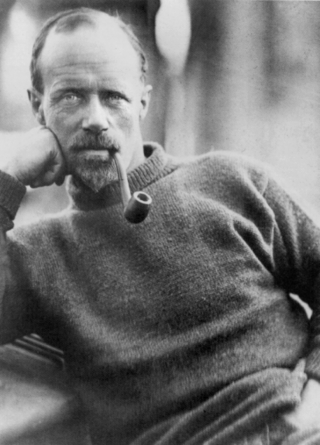
John Robert Francis Wild was an English sailor and explorer. He participated in five expeditions to Antarctica during the Heroic Age of Antarctic Exploration, for which he was awarded the Polar Medal with four bars, one of only two men to be so honoured, the other being Ernest Joyce.
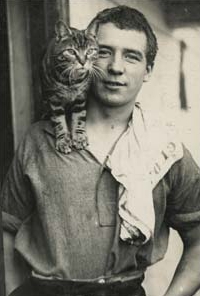
Mrs Chippy was a male ship's cat who accompanied Sir Ernest Shackleton's Imperial Trans-Antarctic Expedition of 1914–1917.

Henry McNish, often referred to as Harry McNish or by the nickname Chippy, was the carpenter on Sir Ernest Shackleton's Imperial Trans-Antarctic Expedition of 1914–1917. He was responsible for much of the work that ensured the crew's survival after their ship, the Endurance, was destroyed when it became trapped in pack ice in the Weddell Sea. He modified the small boat, James Caird, that allowed Shackleton and five men to make a voyage of hundreds of miles to fetch help for the rest of the crew.

Major Thomas Hans Orde-Lees, OBE, AFC was a member of Sir Ernest Shackleton's Imperial Trans-Antarctic Expedition of 1914–1917, a pioneer in the field of parachuting, and was one of the first non-Japanese-born men known to have climbed Mount Fuji during the winter.

James Archibald McIlroy was a British surgeon and a member of Sir Ernest Shackleton's crew on the Imperial Trans-Antarctic Expedition (1914-1916).
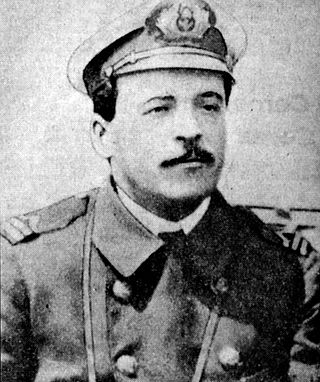
Luis Alberto Pardo Villalón was a Chilean Navy officer who, in August 1916, commanded the steam tug Yelcho to rescue the 22 stranded crewmen of Sir Ernest Shackleton's ship, Endurance, part of the Imperial Trans-Antarctic Expedition. The crewmen were stranded on Elephant Island, an ice-covered mountainous island off the coast of Antarctica in the outer reaches of the South Shetland Islands, in the Southern Ocean.
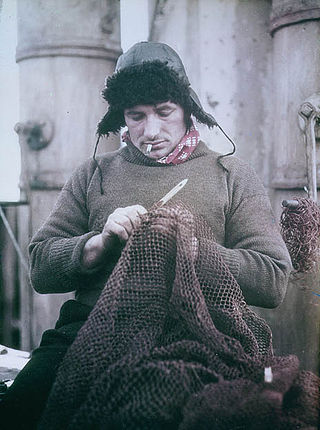
John William Vincent was an English seaman and member of Ernest Shackleton's Imperial Trans-Antarctic Expedition. He was one of the five men who accompanied Shackleton on his epic crossing from Elephant Island to South Georgia and was one of only four of the crew of Endurance not to receive the Polar Medal.
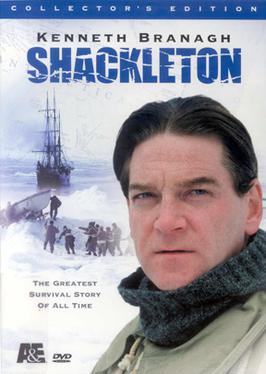
Shackleton is a 2002 British television miniseries. It was written and directed by Charles Sturridge and starring Kenneth Branagh as explorer Sir Ernest Shackleton. The film tells the true story of Shackleton's 1914 Antarctic expedition on the ship Endurance. The cast includes Kevin McNally, Lorcan Cranitch, Embeth Davidtz, Danny Webb, Matt Day and Phoebe Nicholls as Lady Shackleton. It was filmed in the UK, Iceland and Greenland. The film used first-hand accounts by the men on the expedition to retell the story. Shackleton biographer Roland Huntford was a production advisor.

Dr Robert Selbie Clark was a Scottish marine zoologist and explorer. He was the biologist on Sir Ernest Shackleton's Imperial Trans-Antarctic Expedition of 1914–1917, and served as the director of the Scottish Home Department Marine Laboratory, at Torry, Aberdeen.

Timothy McCarthy was an Irish leading seaman (LB). He is best known for his service in the Imperial Trans-Antarctic Expedition of 1914–1916, for which he was awarded the Bronze Polar Medal.
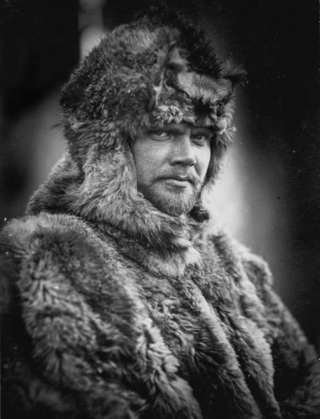
George Edward Marston was an English artist who twice accompanied Sir Ernest Shackleton on expeditions to Antarctic, first from 1907 to 1909 on the Nimrod expedition, and then later from 1914 to 1917 on the Imperial Trans-Antarctic Expedition, which ended with the crew being marooned on Elephant Island.
Albert Ernest Holness was an English marine engine stoker. He is best known for his service in the Imperial Trans-Antarctic Expedition of 1914–1916.
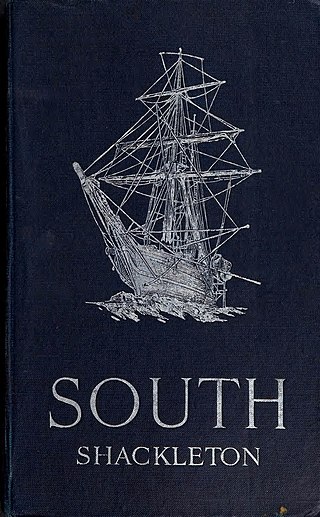
South is a book by Ernest Shackleton describing the second expedition to Antarctica led by him, the Imperial Trans-Antarctic Expedition of 1914 to 1917. It was published in London by William Heinemann in 1919.


















